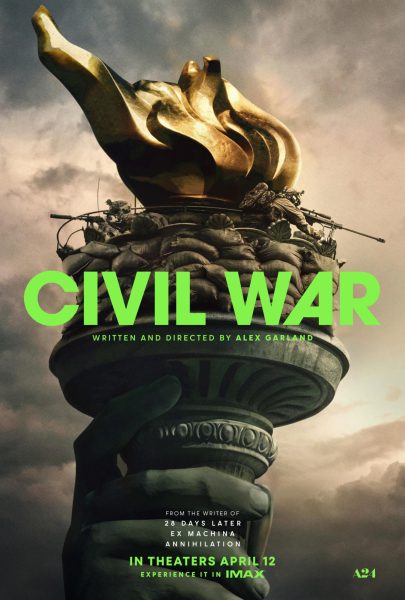Introducing Modern Books into Curriculum
As the years progress, students feel more and more unable to connect to the older classics that are studied in English classes. Because we are apart of a fast-paced generation that is driven by modernization, we sometimes struggle with the content, language, and time gaps of the older novels in our English curriculum.
Though these classics are great works of literature that shaped literary history as we know it, some of the books are not as relatable to our lives or the times and often lead to students skimming or SparkNoting in order to pass the quizzes.
I do think that the classics should and need to be studied though, as that is what keeps them classic; we also cannot skip books that have such an importance in our culture because we as students are obligated to learn what made literature what it is now and to experience the evolution of our culture.
But our culture is still rapidly changing. Though classics signify how it all began, modern books provide insight to what our culture is now at the present time, through new and different perspectives.
That is why I believe that a balance between classics and modern works should be implemented into our curriculum. Students should have an opportunity to be able to become more involved and passionate about the books they are reading in class. Students would best achieve this through books that explore current issues and are written in ways more engaging to our newer generation.
This can be attained by introducing one or two modern classics into each class; contemporary books that are page-turners, relatable, and neoteric, all while still embodying analytical depth like the classics.
Classes should continue to study the classics though, and a few of the classics I have read did have a more modern approach which I enjoyed and found relatable like The Catcher in the Rye and One Flew Over the Cuckoo’s Nest.
But some students and teachers would be open to reading some modern books that would appeal more to the students as well. These could be any books such as Plainsong, The Glass Castle, Room, or Extremely Loud and Incredibly Close.
The question is if these novels possess enough literary quality to be studied and thoroughly discussed in a classroom?
Some may say only the test of time can answer that, but English 1 and 3 AP English teacher Mrs. Wiersum says, “I do think that maybe the accessible language of a contemporary novel makes it more inviting to a younger generation to participate in whatever the thematic message may be.”
The times are changing and to keep students invested in what they are reading and studying, our curriculum should change with us, adapting to the new and modern world.
“It is important to consider diversity in our curriculum […] I could understand why teenagers especially would be hungry for something that is a little bit more modern day,” says Mrs. Wiersum.
Kelsey has been apart of The Glen Bard since her sophomore year. She first started by writing features and news articles and she eventually developed a...




